Why Are Checks Still Being Used in 2021?
We live in a world where pretty much everyone carries a phone in their pocket that is capable of instantaneously sending and receiving digital payments, virtually eliminating the need for paper money or checks.
So, checks should be an artifact of the past -- something you have to explain to a checkbook-oblivious younger generation, like you'd describe America Online or television "rabbit ear" antennas, right?
Wrong.
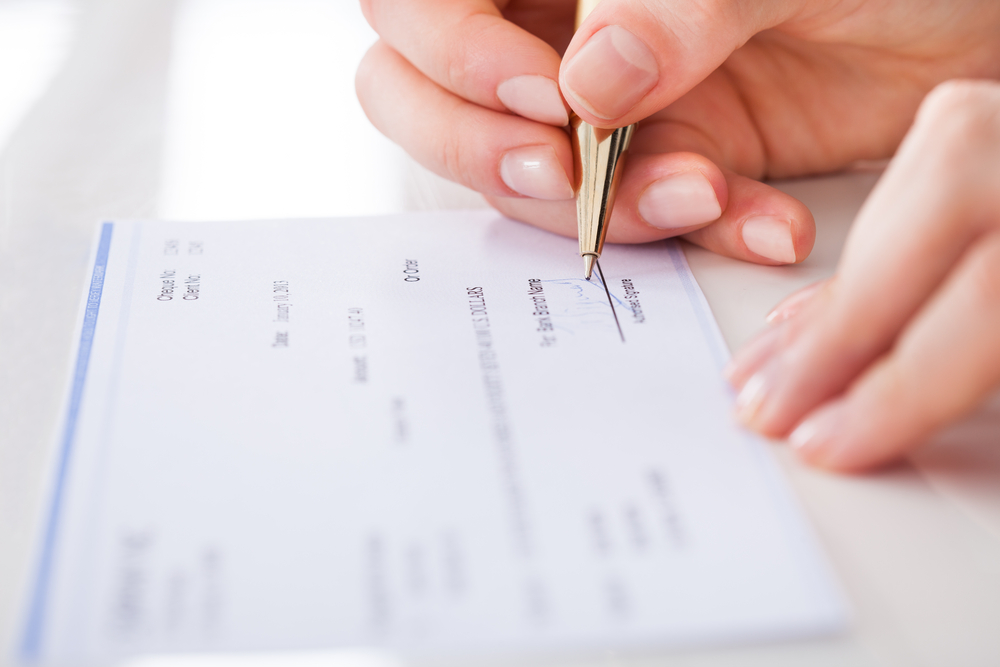
Innovation & Tech Today reveals that checks actually remain popular across all demographics, and for a variety of reasons.
Checks are Going Away - FALSE
Before we jump into the reasons why checks remain popular, it is important to understand that the idea that "checks are going to be eliminated" is, to say the least, an overstatement. Let's look at the example of the United Kingdom.
In December of 2009, the board of the United Kingdom Payments Council set October 31, 2018 as the date when paper cheques (or checks) would be totally phased out in the U.K.

Today, more than a decade later, checks (or cheques) are still alive and well in the UK. The initial announcement from the Payments Council was met with strong resistance:
The Payments Council’s announcement was soon met with opposition from various groups, especially those representing the elderly. They wanted a guaranteed paper-based alternative, which would defeat one of the main purposes of getting rid of cheques in the first place: their high processing cost (about £1 per cheque). Charities were also unhappy, fearing a major reduction in donations if cheques were eliminated because of what they said was an ingrained U.K. culture of charity cheque-giving.
And, the people have spoken that they still support cheque/check payments:
It quickly became obvious to the Payments Council that their plan to eliminate cheques by 2018 did not have either public or political support. In July 2011, the Council withdrew [PDF] its 2018 date, proclaiming that “cheques will continue for as long as customers need them.”
Believe It or Not - TECHNOLOGY
As reported by Innovation & Tech Today:
It might seem counterintuitive, but checks are actually being sustained and perpetuated as a payment method thanks to the digital tech that has also led to their gradual decline.
For example, ordering checks online is quicker, easier, and more affordable than getting them directly from a bank. Anyone that still uses them can thus continue to access checks readily without having to visit a brick and mortar location.
Likewise, advancements in tech have made it straightforward for banks and businesses to scan checks and receive the amount speedily, rather than having to wait protracted periods for the amount to clear.
Bank customers will also use checks to quickly send money between more than one bank account using their smartphone to scan the document and accomplish the transfer quicker than other methods.
Banks are seeing the results of the improvements in the technology for check processing with the integration of AI and Machine Learning technologies enabling banks to achieve straight-through processing.
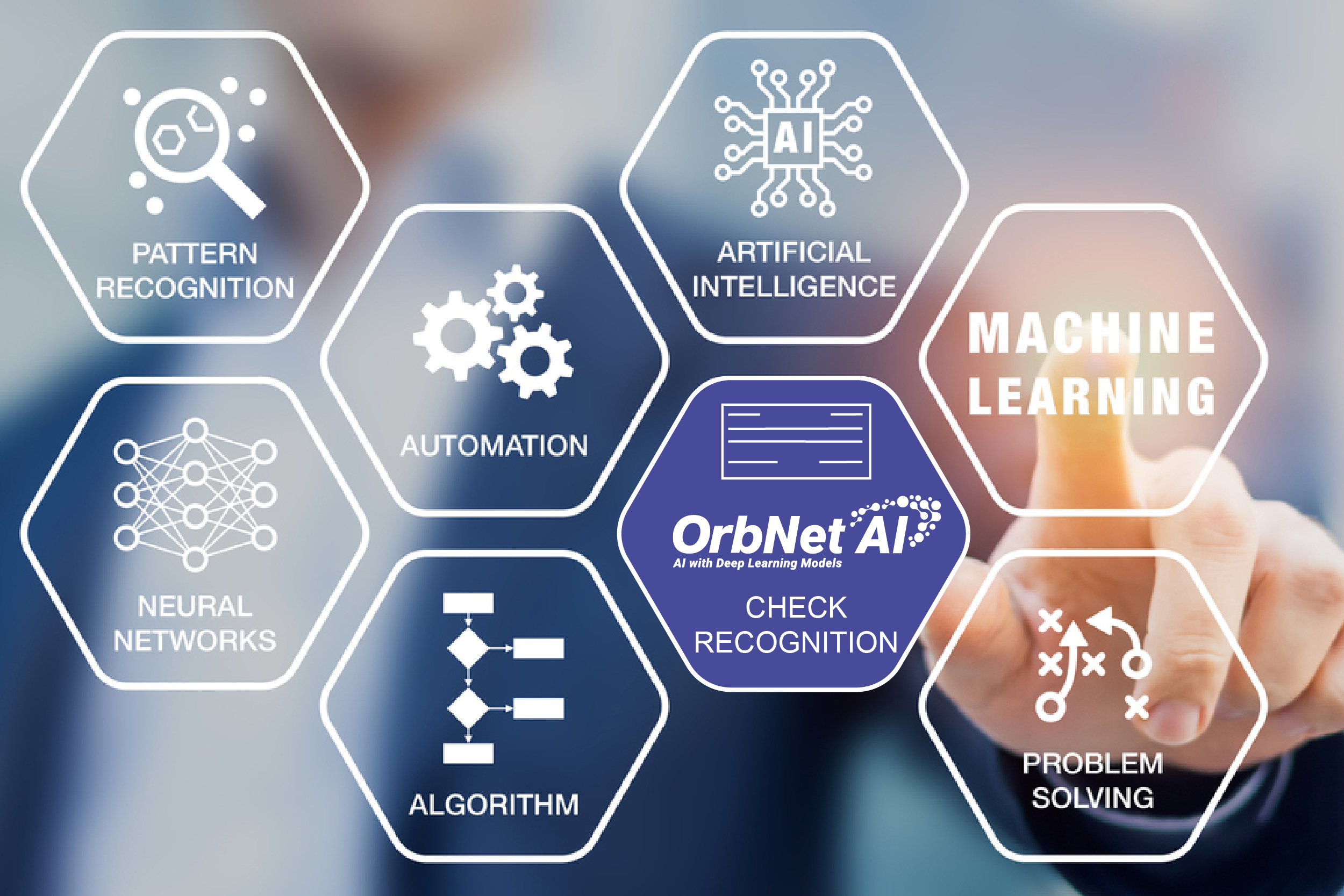
The Comfort of a PHYSICAL RECORD
Here is where older generations are definitely a factor: a written record of a transaction is most often the most reassuring way for pre-millennials to track spending and expenditures. There is a certain feeling of safety that many experience when they are able to track their expenses or "balance their checkbooks." And, let's not forget about having a carbon copy that provides a proof of the check being written -- which also comes in handy if someone tries to alter the check.
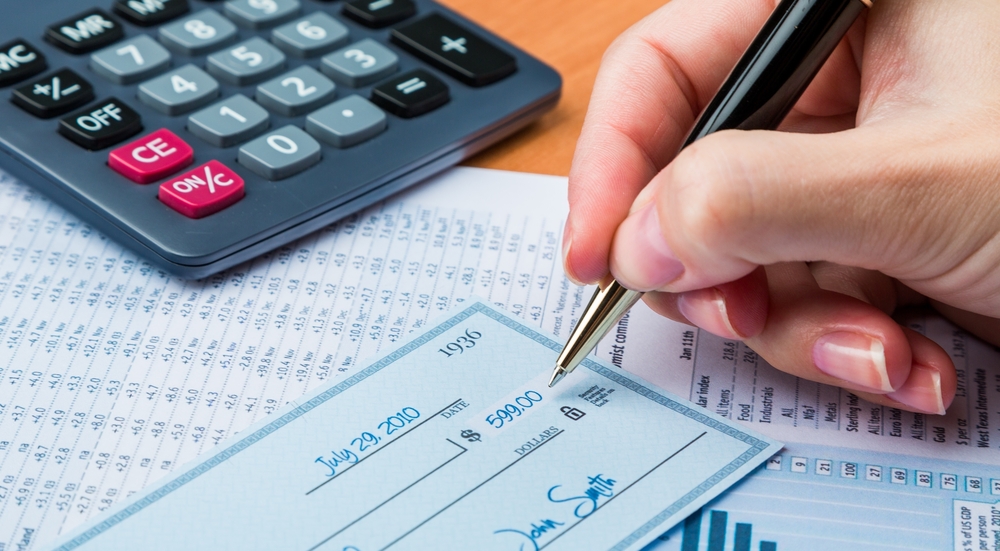
However, even the tech savvy find it useful to have a physical check to review through their bank's mobile app or online bank portal. With digital transactions, there is a limited amount of information provided about the transaction. This information can be confusing at times as well, with retailers or processors having business names that are not the same as their website. Who among us has not taken a look at our statements and wonder "what the heck is that purchase?"
With a check payment, the scanned imaged of the physical check is available for review -- enabling a person to review the payment details and a clear payee they have written the check too. This makes it easy to identify the payment.
The Highly Useful "PAYMENT GAP"
While this is a great tool for business-to-business transactions, it also effective for many people who live paycheck to paycheck. We can take rent payments as a prime example. Being able to write a check and have an extra day or two to allow for your paycheck to be deposited is critical to ensure that payment is successful.
It is common to write a check as a gesture of good will with the understanding that it not be cashed or deposited until a period of time has passed. This is not possible with a digital transaction, of course. The "payment gap" between the exchange of a physical check -- a payment -- and the actual withdrawal of funds from a payer's account is also "baked-in" to many business's accounting practices, making checks a vital tool in keeping the books balanced while staying "paid up" with vendors.
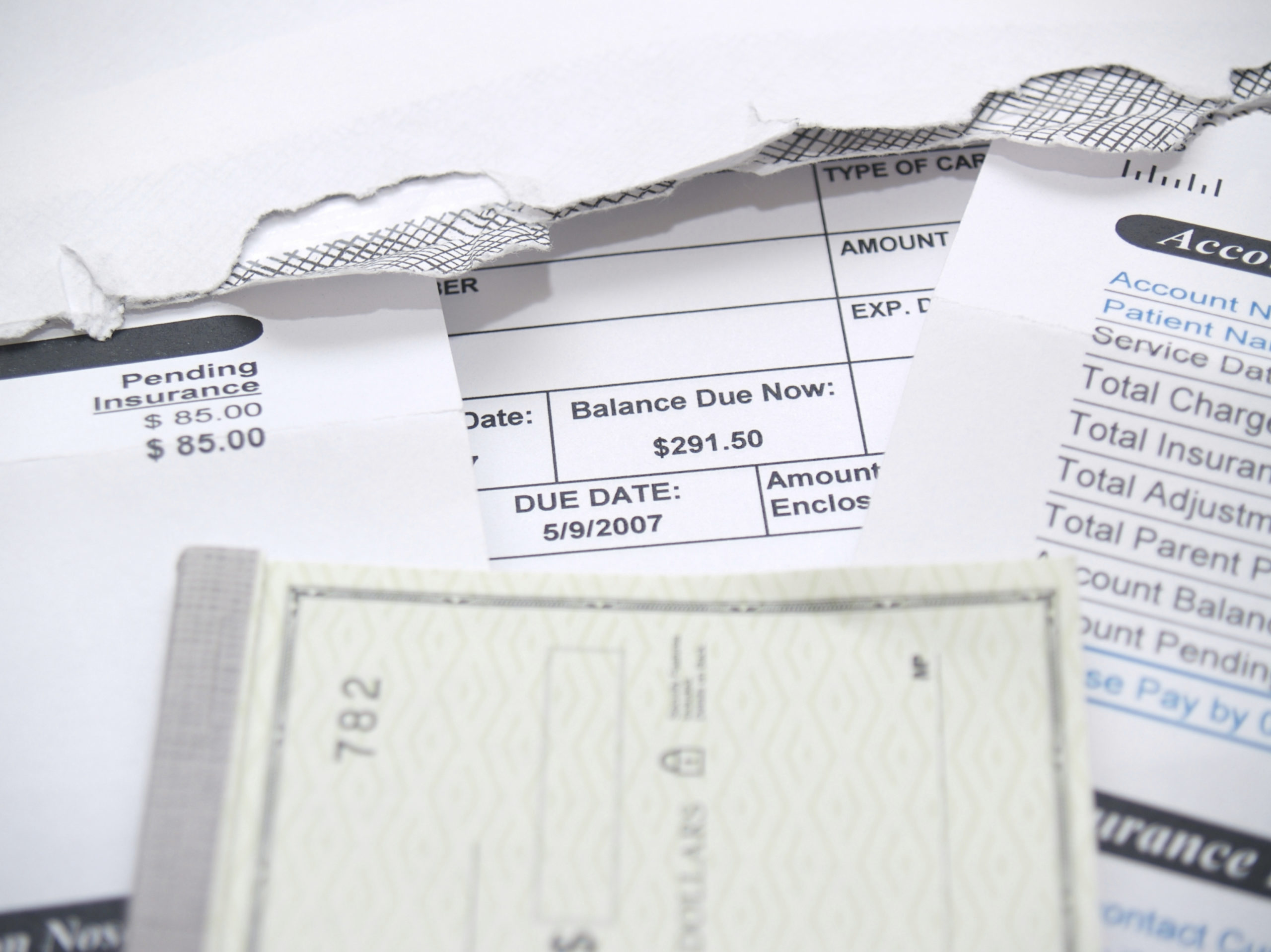
Keep Down COSTS
This one is simple: most banks do not charge for processing checks, or levy only a minor fee for this. On the other hand, online payment platforms often come with steep fees. Credit cards carry the same baggage:
Fees for transactions are commonplace both at online outlets and real-world stores. With checks, Americans can minimize the overheads of doing business or paying for goods and services.

Checks are UBIQUITOUS
We all know that checks are part of the landscape with billions of checks written each year. Businesses continue to utilize checks as their primary payment method -- providing them with a physical record of payment. Consumers still utilize checks for various payments such as rent, large purchases like automobiles, and even as a gift to add in a birthday or holiday card.
We can also point to the millions of physical stimulus checks that were mailed out by the government. It appears that millions of people still prefer the physical check rather than direct deposit.
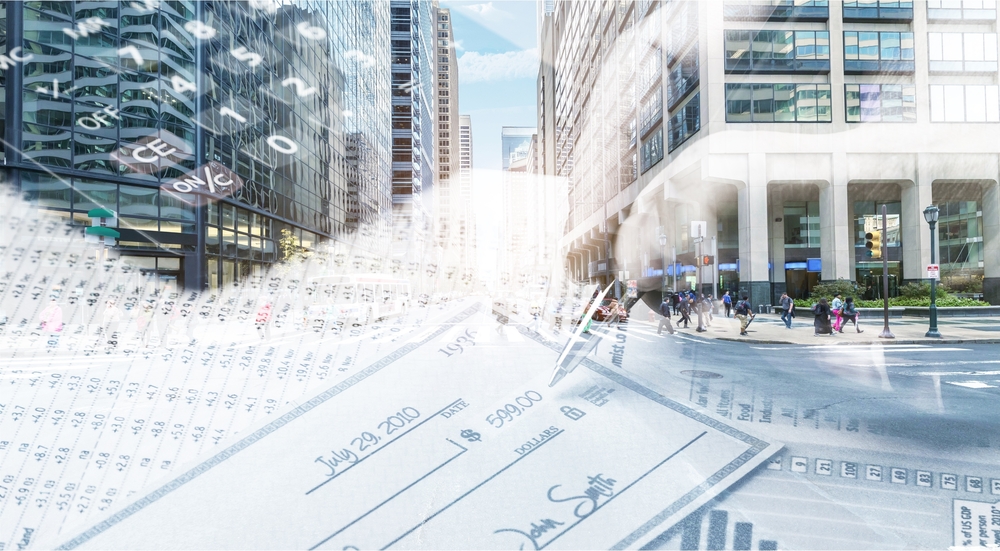
And there you have it, folks -- long live the check!